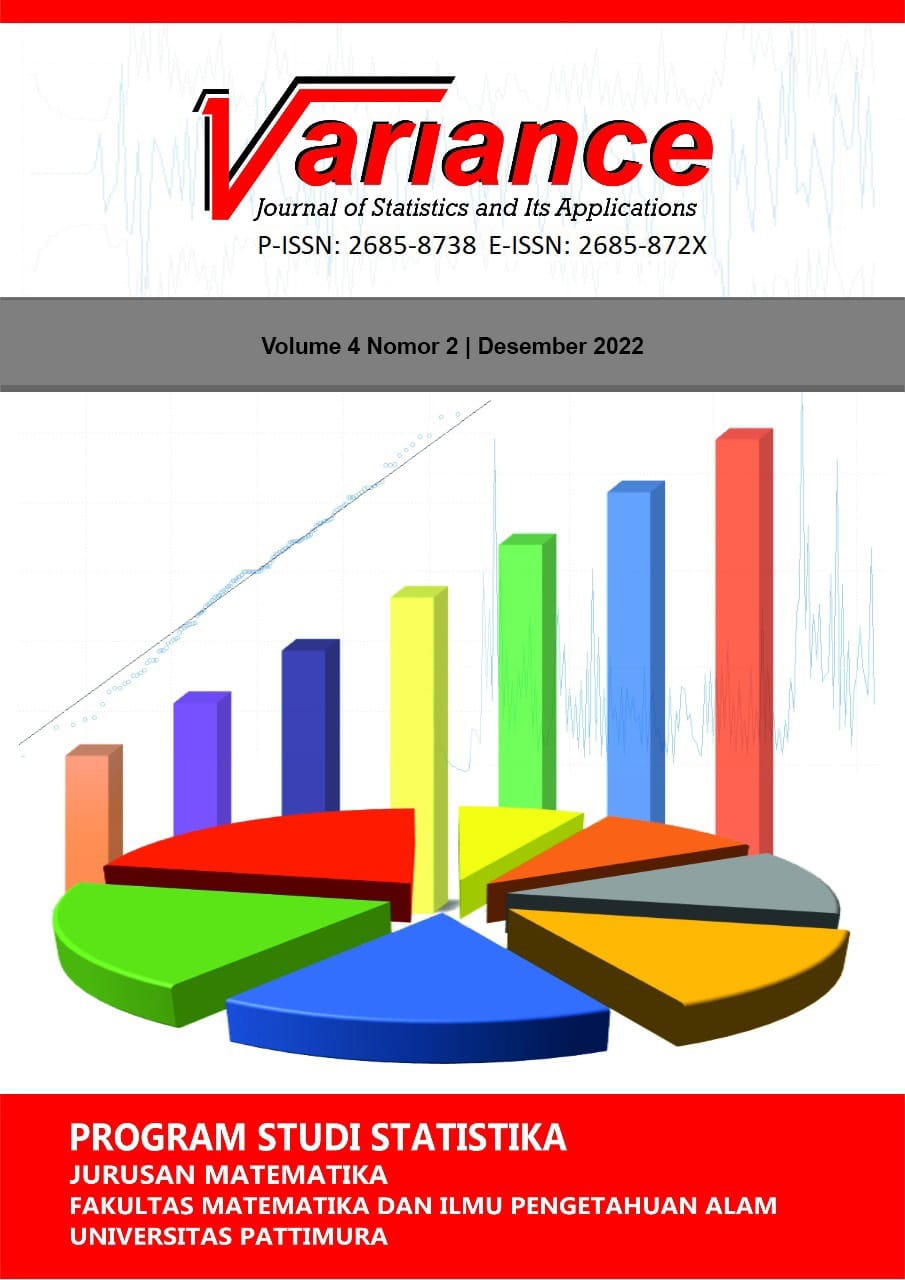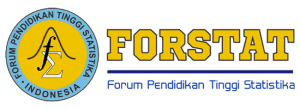PENENTUAN JUMLAH POPULASI DAN TOTAL LIFETIME MENGGUNAKAN INTEGRAL GANDA, DIAGRAM LEXIS DAN METODE GRACE-NESBITT
Abstract
The stationary population is population growth in a constant state which shows the number of births and deaths in balance. In this population, the number of young people is equal to that of adults. For a more in-depth analysis and to build a theoretical basis for the analysis of the stationary population model, assumptions are added such as the probability of each birth in a period a year is the same and the mortality profile in the Life Table is also valid. This can also be done by calculating the total lifetime, which is the sum of the total future lifetimes that will still be lived by individuals plus the number of lifetimes that have been lived by a number of individuals. To calculate the total lifetime, multiple integrals and lexis diagrams can be used. Therefore, in this study, an example of the use of multiple integrals and lexis diagrams will be described to determine the total lifetime. By using a literature study method, namely the method of obtaining data from the results of reading and studying and processing the data obtained. To determine the total lifetime can be done using multiple integrals and lexis diagrams through manual calculations. By using multiple integrals and lexis diagrams, both methods get the same results.
Downloads
Copyright (c) 2022 VARIANCE: Journal of Statistics and Its Applications

This work is licensed under a Creative Commons Attribution-NonCommercial-ShareAlike 4.0 International License.



 Editorial Team
Editorial Team
 Peer Review Process
Peer Review Process Focus & Scope
Focus & Scope Open Acces Policy
Open Acces Policy Privacy Statement
Privacy Statement Author Guidelines
Author Guidelines Publication Ethics
Publication Ethics Publication Fees
Publication Fees Copyrigth Notice
Copyrigth Notice Plagiarism Screening
Plagiarism Screening Digital Archiving
Digital Archiving





